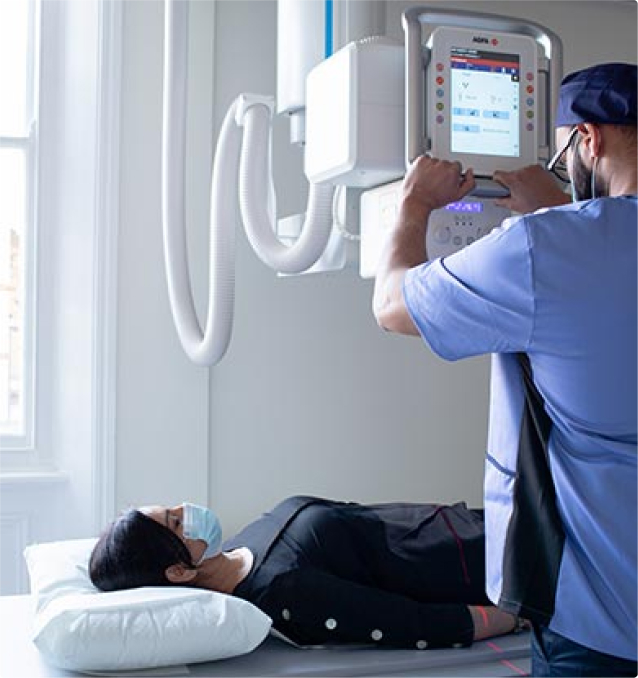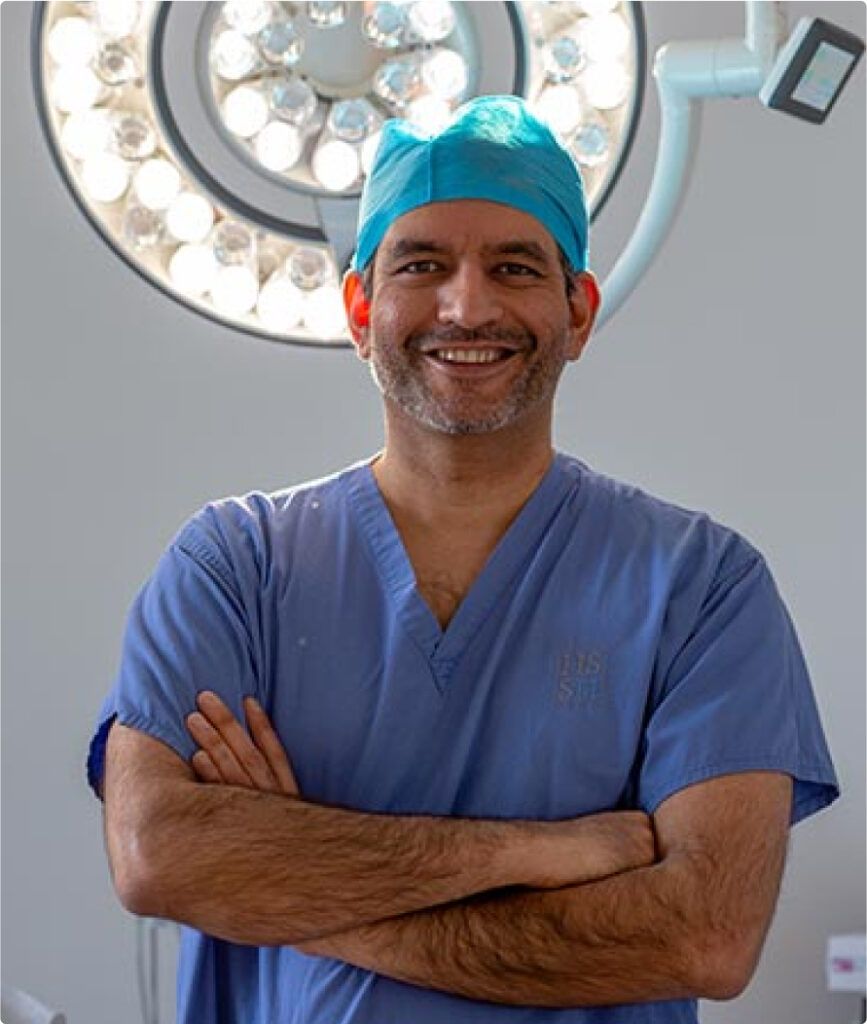Award winning Specialist
Lumbar Discectomy London

Lumbar discectomy is a type of spinal surgery that can bring significant relief to pain caused by a herniated disc. The procedure involves freeing your trapped nerves by surgically removing the protruding disc portion. This can end your back pain, numbness, or weakness, effectively increasing your quality of life. Learn all you need to know about how a spinal discectomy can restore your pain-free life and full range of motion.



































